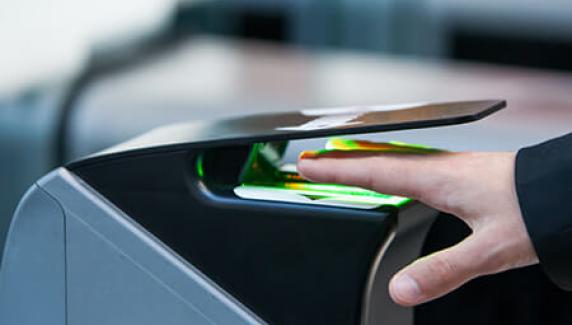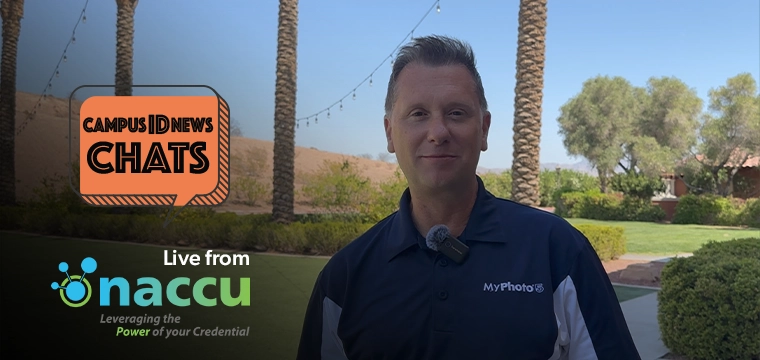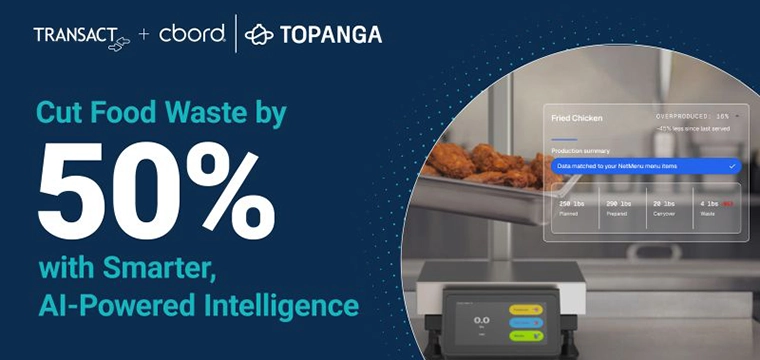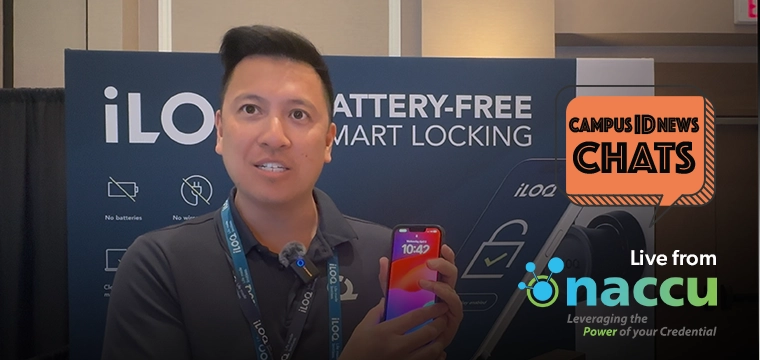
Minnesota's St. Thomas University has installed touchless biometric hand scanners that students will now use to gain entry to campus dining halls instead of their ID cards. The initiative will leverage IDEMIA's MorphoWave biometric readers.
As reported by student publication, Tommie Media, St. Thomas dining services will be installing the hand scanners at all residential dining locations on campus. Further, everyone with a meal plan will be required to enroll in the system and use the MorphoWave readers, as the university looks to completely eliminate student ID cards for dining hall access.
“We’re not going to swipe cards anymore,” said Pam Peterson, executive director of Dining Services, in a Tommie Media interview. “The expectation is that the Wave ID is how you’re going to use your meal plan.”
The changeover has already begun, with all first-year students being enrolled in the biometric system during this summer's orientation periods. Returning students, faculty and staff members with meal plans can enroll in the biometric system anytime by visiting the St. Thomas card office.
One of the drivers behind installing the MorphoWave biometric readers is St. Thomas' move to a new, unlimited meal plan. Dining Services officials believe the university's dining halls could see significantly more foot traffic, and increased throughput at entryways will be key.
“As we go to unlimited dining, we may have more students going in and out,” said Mitch Karstens, associate vice president for Auxiliary Services, in a Tommie Media interview. “Instead of having a block plan, where they’re counting meals, somebody may go four times a day, and we don’t want them to wait in line four times a day.”
The university will also test the implementation of two separate lines at some of its dining facilities to increase efficiency.
One line will be for students, faculty and staff with meal plans and will only utilize biometric access via MorphoWave readers. Once the hand is waved through the reader, a fully automated turnstile will open allowing that person to enter. The second line will feature a manned POS register for those using guest passes, eXpress, dining dollars, cash or credit/debit card.
To enroll in the system, students simply wave both hands through the MorphoWave biometric reader, twice per hand. The reader then takes 16 random points across the entire hand and converts it into a numerical template. It's these templates that are then used to match users at the time of entry, not images of the hands themselves.
According to the report, the templates will be stored on an internal server on campus, allowing the scanners to work even when the university's internet is disrupted.
For a more in depth look at the MorhpoWave reader, check out our previous coverage with the University of Maryland where the biometric access system is in full effect across the UM's College Park campus.




